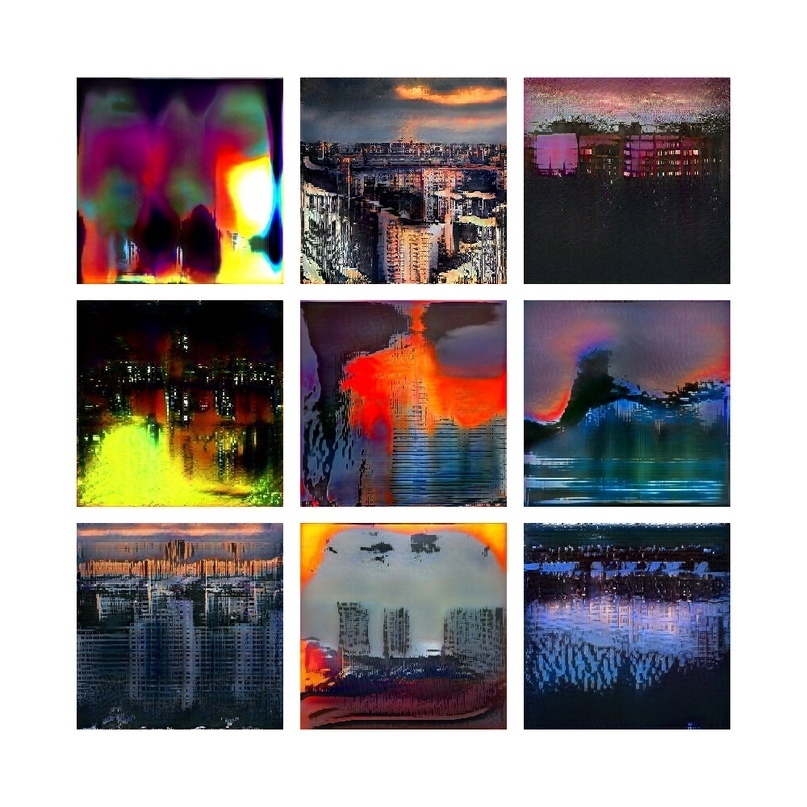What is generative design?
Generative design is a way to create a product that is optimal in terms of specified qualities. Instead of designing manually, the designer or engineer sets the conditions that the product must satisfy - be it shape or properties. The machine creates options suitable for these conditions, and the designer chooses the best one among them. The designer transmits what is considered a creative process to the machine, and he himself acts as a critic. Such a collaborative process often leads to unexpected and more optimal solutions.With the help of generative design, not only practical products are created - engineering parts, structures, sites - but also artistic ones. It can be music or images. For the SXEMA project, we used these artistic possibilities of generative design.

Where did we start?
Our project started as an experiment to create a generative neural network based on styleGANv2. This network is known for the thispersondoesnotexist project, in which Nvidia engineers generate unique faces of non-existent people. Using the same approach, we selected ten thousand images of panel houses, commonplace for most Russians.
AI learned to create houses by memorizing the main features of the panels. In the end, we decided not to limit the neural network to the conventions of shape and color: there were stretching facades and colorful splashes. Selecting images that match our vision, we used the principles of generative design and created a collection of clothes.

How did we introduce prints into products?
With the help of the WGSN trend forecasting portal, we looked at the current colors and trends for collections of knitted knitwear.
Pixel graphics, shades of blue, loose silhouettes.

Having selected from the generated images those that could be used in the collection, we made a mudboard, decided on the color scheme and approved the silhouettes.



Using the CLO 3D program and guided by the principles of unification, we created virtual models of future products, superimposed the resulting all-over prints in various scales and variations.
This is an example of how a 3D model can look on a person:

Here I would like to talk separately about the nuances of using CLO 3D programs during the creation of real products:
In CLO, you can export ready-made patterns from any CAD programs, as well as build a product from scratch and see how the product looks on the figure. This facilitates the process of visual perception. With the help of such a program, you can immediately see the scale of the print, understand whether this or that color combination will work, it is possible to change the location of the details by seeing their proportions on the avatar (which in turn can be set the parameters of a real person).


Where could you see our work?
After all the manipulations with the imposition of patterns and textures, we created our own 3D models, shoes and the surrounding space for the show and created a demo video that was shown online at
Video on YouTube
The broadcast was carried out simultaneously on the platforms of magazines @lofficielrussia @news.rambler @etolentaru @wmjru @iconlife.ru @izvestia_ru @joys_studio_ @fashiontv @paper @voguerussia @purplehazemagazine@lofficielbaltics @elleczech @bazaarvietnam @fashionweekonline @theimpression_ @lofficielaustria @lofficiellithuania @glamourhungary
After the show, the digital retailer Dress-x became interested in our idea and now these models can be purchased and tried on online on their platform.



